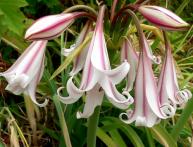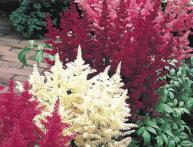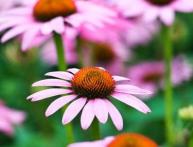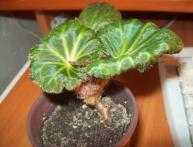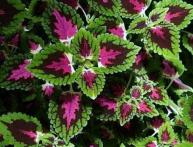Loosestrife in the photo
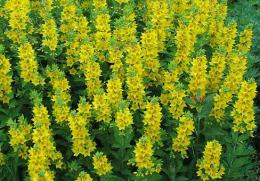
Loosestrife belongs to the primrose family of the genus Lysimachia. The origin of the Latin name for loosestrife - lysimachia - is very interesting. It is given by the name of the bodyguard and military leader of Alexander the Great - Lysimachus, who was the first to discover and describe this plant.
If we consider loosestrife in the photo on the Internet, you can see that it is very diverse, since the genus of these plants has about 110 species. Many of them are used for landscaping and landscaping. But more often in city flower beds and in gardens at summer cottages you can see common loosestrife.
Loosestrife is a perennial plant and can grow up to 1 meter. The plants tolerate winter well and in the spring new branching shoots grow from the creeping rhizome.
Flowering begins at the end of June and lasts about 2 months. Common loosestrife flowers are similar in shape to bells, but the color is yellow. The loosestrife in the photo looks like an upright bush with pyramidal inflorescences collected in panicles.
All parts of loosestrife are rich in tannins; it is considered a medicinal plant and is widely used in folk medicine. It has choleretic, analgesic, anticonvulsant, anti-inflammatory properties, promotes wound healing and is endowed with a tonic effect.
In landscape design, many species and varieties of loosestrife are used to create long-flowering mixborders. It should be planted in a well-lit place.The plant is unpretentious and, due to its creeping rhizome, grows on its own, forming dense thickets. Loosestrife prefers fertile soils with sufficient moisture.

